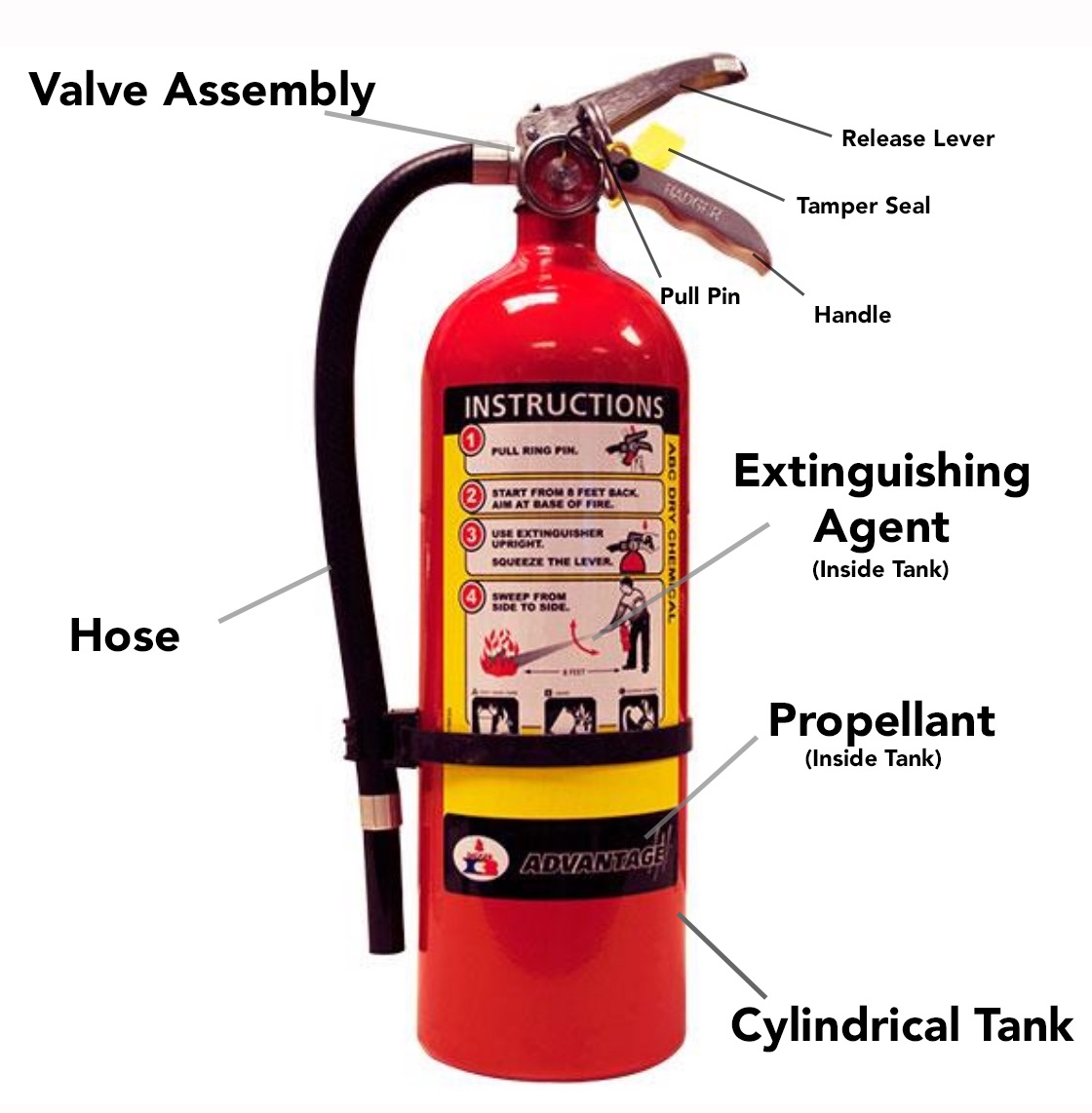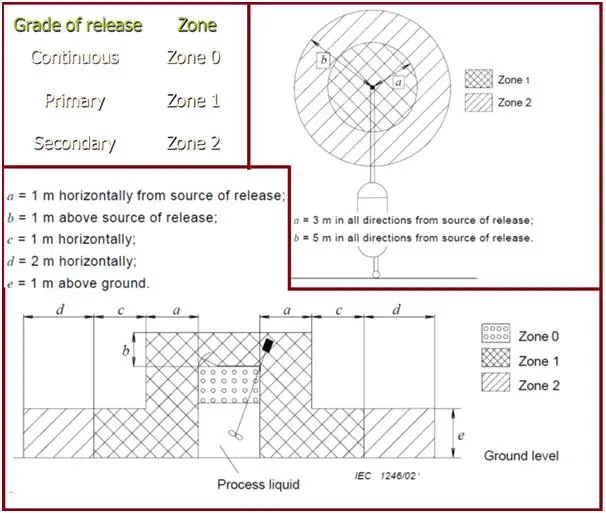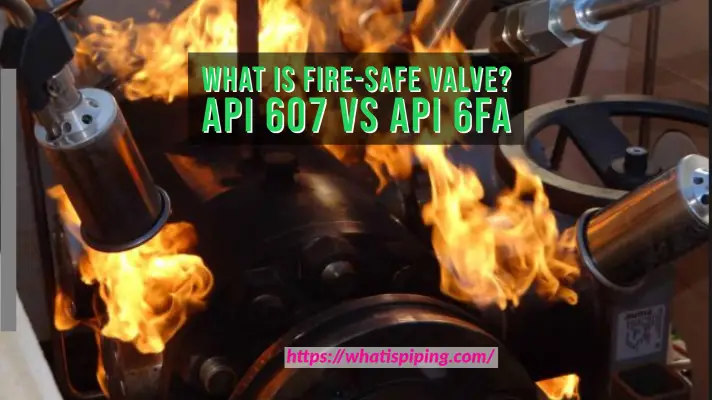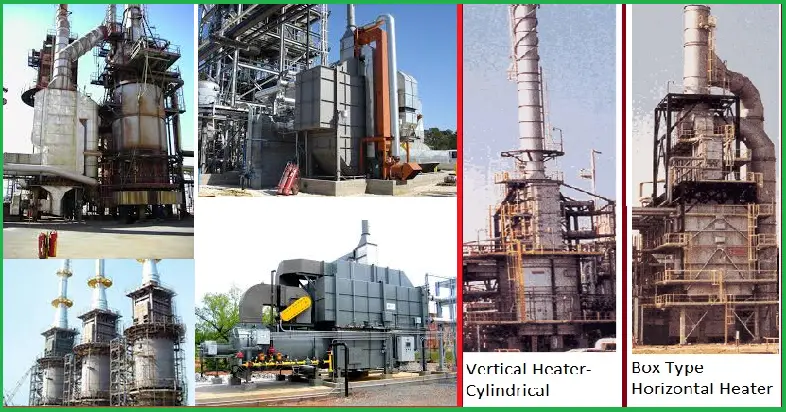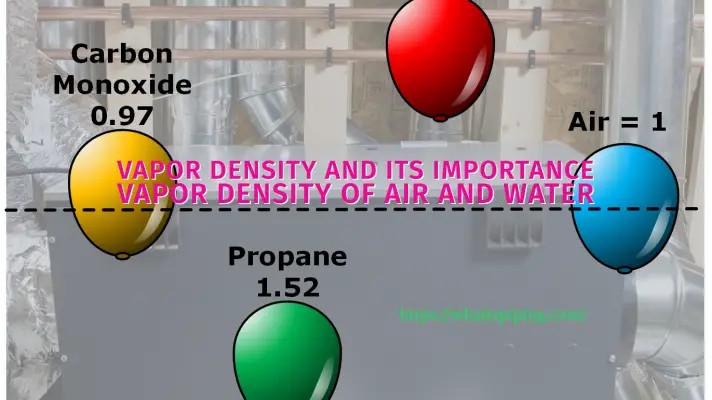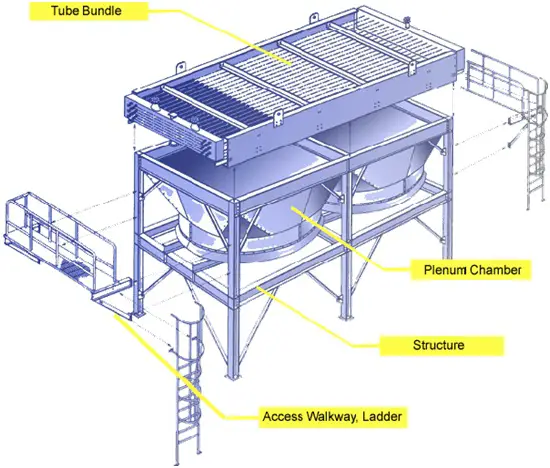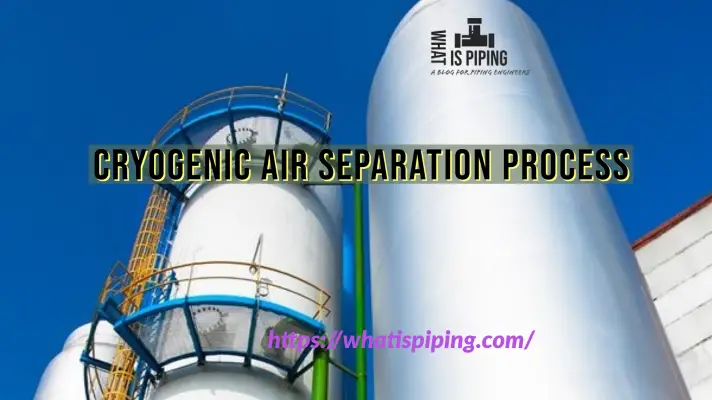Explosive limits give the concentration range of a fuel (gas/vapor) that will cause an explosion or fire in the presence of an igniting source. There are two kinds of explosive limits that are widely used; LEL or Lower Explosive limits and UEL or Upper Explosive limits. Both LEL and UEL are represented by the percentage by volume of the gas in the air. In this article, we will learn the significance of Lower Explosive Limits (LEL) and Upper Explosive Limits (UEL).
What is Lower Explosive Limit or LEL?
The lower explosive limit or LEL of a vapor or gaseous substance is the lowest concentration of the gas in the air required to ignite/burn and explode in the presence of an ignition source. The lower explosive limit is also known as the lower flammable limit or LFL. To give an example, propane can explode once it reaches 2.1% of the air, by volume. So, the LEL of propane is 2.1%.
The LEL or lower explosive limit varies from one gas to another. In general, for most flammable gases LEL is less than 5% by volume. So, these flammable gases can create a high risk even with a very low concentration of the gas/vapor.
What is Upper Explosive Limit or UEL?
The highest concentration of a gas or vapor that will cause an explosion or burn in the air when ignited is defined as the Upper Explosive Limit (UEL). The other term for upper explosive limit is the Upper Flammable Limit or UFL. For example, propane will explode till the concentration does not exceed 9.5% in the air. Hence, the UEL of propane is 9.5%.
For a fire or explosion to take place, all three elements of the fire triangle must be present simultaneously. Those are fuel, an ignition source, and air/ oxygen. The ratio of fuel and oxygen must be above a certain minimum limit and below a maximum certain limit. This limiting minimum value is known as the Lower Explosive Limit and the limiting maximum value is known as the Upper Explosive Limit which varies with each flammable gas/vapor.
Significance of Lower Explosive Limit (LEL) and Upper Explosive Limit (UEL)
Information about the Lower Explosive Limits (LEL) and Upper Explosive Limits (UEL) of a gas/vapor is very important. Below the LEL level, the fuel and oxygen mixture is very lean and it will not cause burning or explosion. Again there will be a maximum concentration of gas (UEL) above which the fuel and air mixture will be very rich to cause an explosion. So, When the fuel and air mixture falls in between LEL and UEL limit, the condition is hazardous and it may cause fire/explosion in presence of an ignition source.
The above explanation can easily be simplified with an example of Methane gas. The Lower explosive limit of Methane is 5% volume in air and the Upper explosive limit is 17% volume in air. Hence, when the volume percentage of methane in an environment falls between 5% to 17%, the environmental condition is highly hazardous. The range of 5% to 17% is the explosive range for methane gas. When the volume percentage of methane is below 5% or above 17%, there will not be an explosion.
Note that even though the concentrations above the UEL are considered non-burning, they are still hazardous because if the concentration is lowered due to the introduction of fresh air, it will easily enter the explosive range.
Lower and Upper Explosive Limits of Various Fuels (Gases/Vapors)
The LEL and UEL values (percentage by volume) for some common gaseous fuels are provided in the following table.
| Flammable Gas/Vapor | Lower Explosive Limit (LEL %) | Upper Explosive Limit (UEL %) | Flammable Gas/Vapor | Lower Explosive Limit (LEL %) | Upper Explosive Limit (UEL %) |
| Acetone | 2.6 | 13 | Ethylene | 2.7 | 36 |
| Acetylene | 2.5 | 100 | Ethylene Oxide | 3.6 | 100 |
| Acrylonitrile | 3 | 17 | Gasoline | 1.2 | 7.1 |
| Allene | 1.5 | 11.5 | Heptane | 1.1 | 6.7 |
| Ammonia | 15 | 28 | Hexane | 1.2 | 7.4 |
| Benzene | 1.3 | 7.9 | Hydrogen | 4 | 75 |
| 1,3-Butadiene | 2 | 12 | Hydrogen Cyanide | 5.6 | 40 |
| Butane | 1.8 | 8.4 | Hydrogen Sulfide | 4 | 44 |
| n-Butanol | 1.7 | 12 | Isobutane | 1.8 | 8.4 |
| 1-Butene | 1.6 | 10 | Isobutylene | 1.8 | 9.6 |
| Cis-2-Butene | 1.7 | 9.7 | Methane | 5 | 15 |
| Trans-2-Butene | 1.7 | 9.7 | Methanol | 6.7 | 36 |
| Butyl Acetate | 1.4 | 8 | Methylacetylene | 1.7 | 11.7 |
| Carbon Monoxide | 12.5 | 74 | Methyl Bromide | 10 | 15 |
| Carbonyl Sulfide | 12 | 29 | 3-Methyl-1-Butene | 1.5 | 9.1 |
| Chlorotrifluoroethylene | 8.4 | 38.7 | Methyl Cellosolve | 2.5 | 20 |
| Cumene | 0.9 | 6.5 | Methyl Chloride | 7 | 17.4 |
| Cyanogen | 6.6 | 32 | Methyl Ethyl Ketone | 1.9 | 10 |
| Cyclohexane | 1.3 | 7.8 | Methyl Mercaptan | 3.9 | 21.8 |
| Cyclopropane | 2.4 | 10.4 | Methyl Vinyl Ether | 2.6 | 39 |
| Deuterium | 4.9 | 75 | Monoethylamine | 3.5 | 14 |
| Diborane | 0.8 | 88 | Monomethylamine | 4.9 | 20.7 |
| Dichlorosilane | 4.1 | 98.8 | Pentane | 1.4 | 7.8 |
| 1,1-Difluoro-1-Chloroethane | 9 | 14.8 | Propane | 2.1 | 9.5 |
| 1,1-Difluoroethane | 5.1 | 17.1 | Propylene | 2.4 | 11 |
| 1,1-Difluoroethylene | 5.5 | 21.3 | Propylene Oxide | 2.8 | 37 |
| Dimethylamine | 2.8 | 14.4 | Tetrafluoroethylene | 4 | 43 |
| Dimethyl Ether | 3.4 | 27 | Toluene | 1.2 | 7.1 |
| 2,2-Dimethylpropane | 1.4 | 7.5 | Trichloroethylene | 12 | 40 |
| Ethane | 3 | 12.4 | Trimethylamine | 2 | 12 |
| Ethanol | 3.3 | 19 | Vinyl Bromide | 9 | 14 |
| Ethyl Acetate | 2.2 | 11 | Vinyl Chloride | 4 | 22 |
| Ethyl Benzene | 1 | 6.7 | Vinyl Fluoride | 2.6 | 21.7 |
| Ethyl Chloride | 3.8 | 15.4 | Xylene | 1.1 | 6.6 |
LEL Sensors and Meters
The gas concentration must be closely monitored to safely work in hazardous closed spaces with flammable gases. Various LEL sensors or meters are used in industries that can give a warning signal. Infrared sensing elements of these LEL meters measure the lower explosive limits of various gases in an environment.
In general, when the gas concentration exceeds 20% of the gas LEL, the environment is considered unsafe. These LEL gas sensors provide a warning to the operators whenever the combustible gas in the environment exceeds 10%.
Modern LEL meters are highly sophisticated devices with microprocessors-based modular design and digital display. The most widely used LEL meter is the Wheatstone bridge type, which is proven to be effective for most environments. However, these types of LEL sensors have some limitations.
To overcome the drawbacks of LEL sensors, Photoionization Detectors (PIDs) with higher sensitivity sensors are developed which provide more accurate LEL measurements. PID can measure the concentration of inflammable gases and other toxic gases even when present at very low levels.
What are PPM and PPB?
PPM or “parts per million” is a dimensionless measure that provides the ratio of a substance in a mixture to the whole mixture. Sometimes LEL/UEL and toxicity of gases are provided in ppm. Similarly, PPB is parts per billion, which is also used for certain gases.
How to convert %LEL to PPM?
Both %LEL and PPM ratios indicate Volumes. While converting %LEL to PPM, 1% is considered equal to 10 thousand per million. Means,
- 1% vol = 10,000 ppm.
- 0.1% vol = 1,000 ppm
- 0.01% vol = 100 ppm
- 0.001% vol = 10 ppm
- 0.0001% vol = 1 ppm
So, using the above values any %LEL can be easily converted into the corresponding PPM. Let’s take the example of hydrogen sulfide (H2S), which is both toxic and flammable gas. The LEL vol% for H2S is 4 (Refer to Table 1). That means,
- 100% LEL = 4% vol = 40,000 ppm H2S
- 50% LEL = 2% vol = 20,000 ppm H2S
- 10% LEL = 0.4% vol = 4,000 ppm H2S


